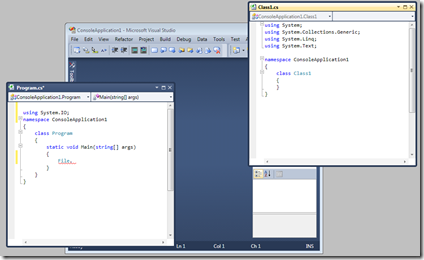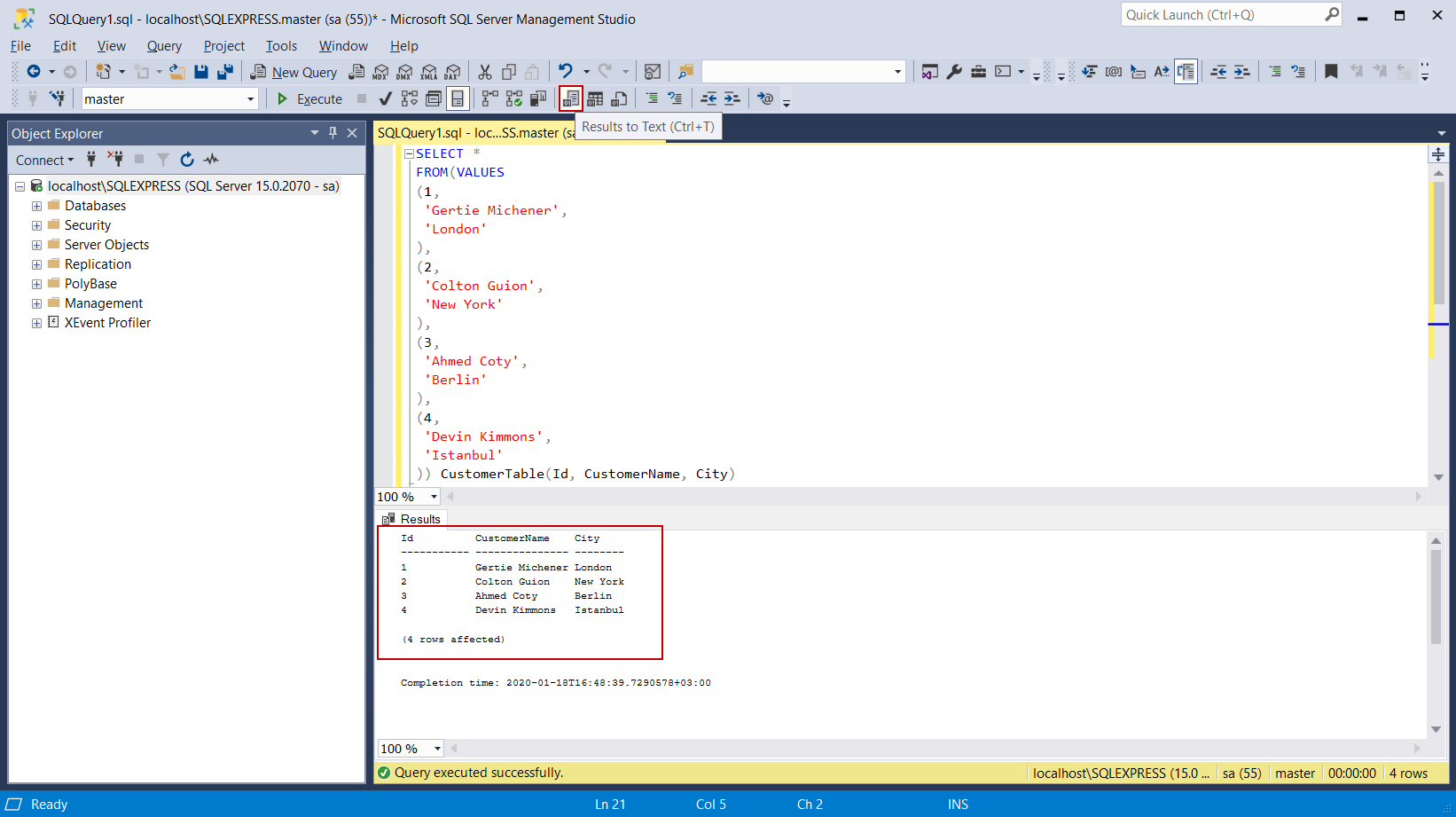



If not, find MainPage.xaml in the Solution Explorer tool window and double-click it to open it. Once created, depending on your setup of Visual Studio, you’ll probably have the MainPage.xaml already open.
#UNDOCK MAIN EDITOR SCREEN VISUAL STUDIO 2018 WINDOWS#
Ok, so let’s start by creating ourselves a new Windows (UWP) project based on the Blank App (Universal Windows) template.Īs usual, give the project a name to get started – you’ll be prompted to pick which target and minimum versions of Windows you want but for the purpose of this post I just went with the defaults. All these platforms are available via the Uno platform – If you’re new to the Uno Platform, head over to and get started with building cross-platform mobile, desktop and Web applications. One of the reasons that the designer experience in Visual Studio and Blend is so relevant is that you can take the design you’ve done for your Windows app and port it across to iOS, Android, MacOS and even the web (using Web Assembly). Note that this isn’t an exhaustive list by any means – would love feedback on what other features you use and what you think is missing in the designer. I figured I would take this opportunity to go through and document some of the features that I use and some of the new features that have appeared in the previews. If you’ve been looking at the release notes for the Visual Studio previews, you’ll have noted that there’s some work being done on the XAML designer that now supports both WPF and UWP.


 0 kommentar(er)
0 kommentar(er)
